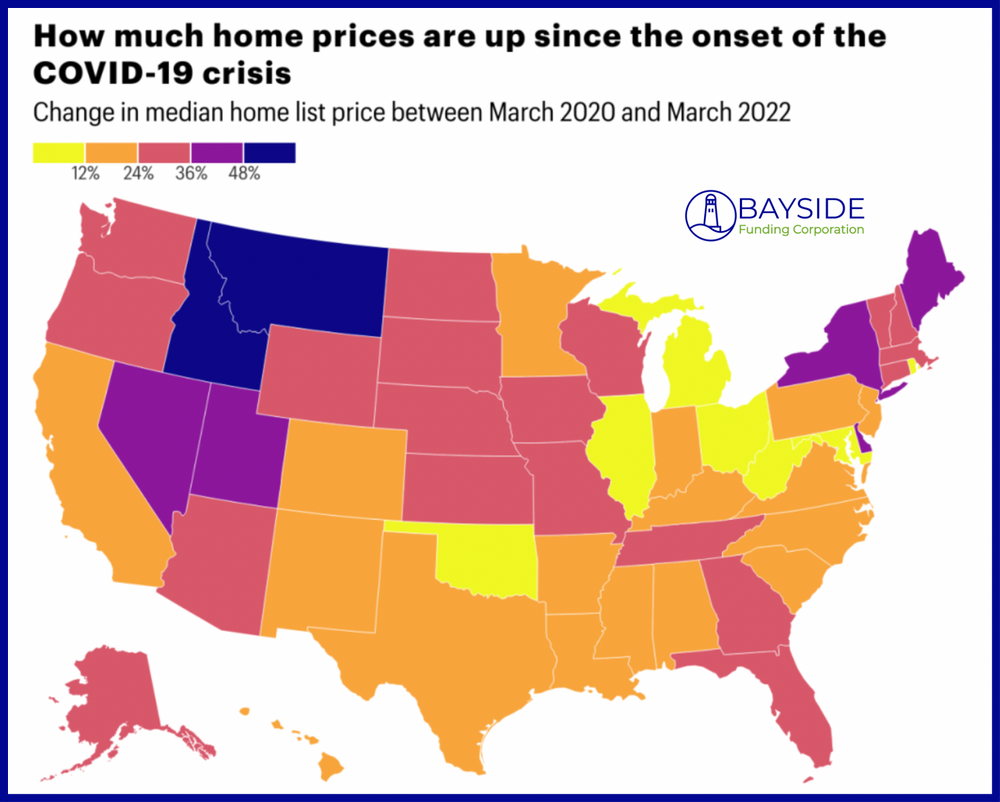Over the past year, Governor Ron Desantis has raised more than $7mil from Real Estate Developers. One of these includes Moshe Popack, a bigtime real estate investor. Popack invited the Governor and some of his top contributors to his 10,000 square foot Miami Beach mansion, an event that was reported as a $200,000 non-monetary or in-kind contribution from Popack. That number makes this the most expensive fundraiser put on by an individual in the past 20 years in the state of Florida. Although Popack is not a regular on Florida’s finance circuit and is not a usual political donor, he is part of the pack of donors from Florida’s red hot real estate market.
Real Estate donors are now one of Desantis’ largest donor groups as he prepares to run for reelection as well as potentially president in the near future. $2.5mil of the $7mil came from real estate industry-aligned donors who have never given a political buck in the past. The political cash has been in part due to Desantis’ push to reopen Florida ahead of other states at the height of the pandemic, which helped executives with their bottom line. However, all of this money is coming at the height of the affordable housing crisis highlighted by those who say that the crisis is benefiting real estate leaders at the expense of the average joe, or low-income Floridians. One real estate developer said, “The biggest reason I can think of is that demand is so damn high, we are all making a lot of money.”
Desantis has raised money across several industries as well, including hospitality, who benefited from Desantis’ push to reopen Florida as soon as possible. However, the larger chunk is still from real estate. Florida realtors CEO Margy Grant in an interview said that when the pandemic began in 2020, he made sure that real estate was deemed an essential business (100% true), allowing Florida realtors to continue to work and find qualified homeowners the right home.






















